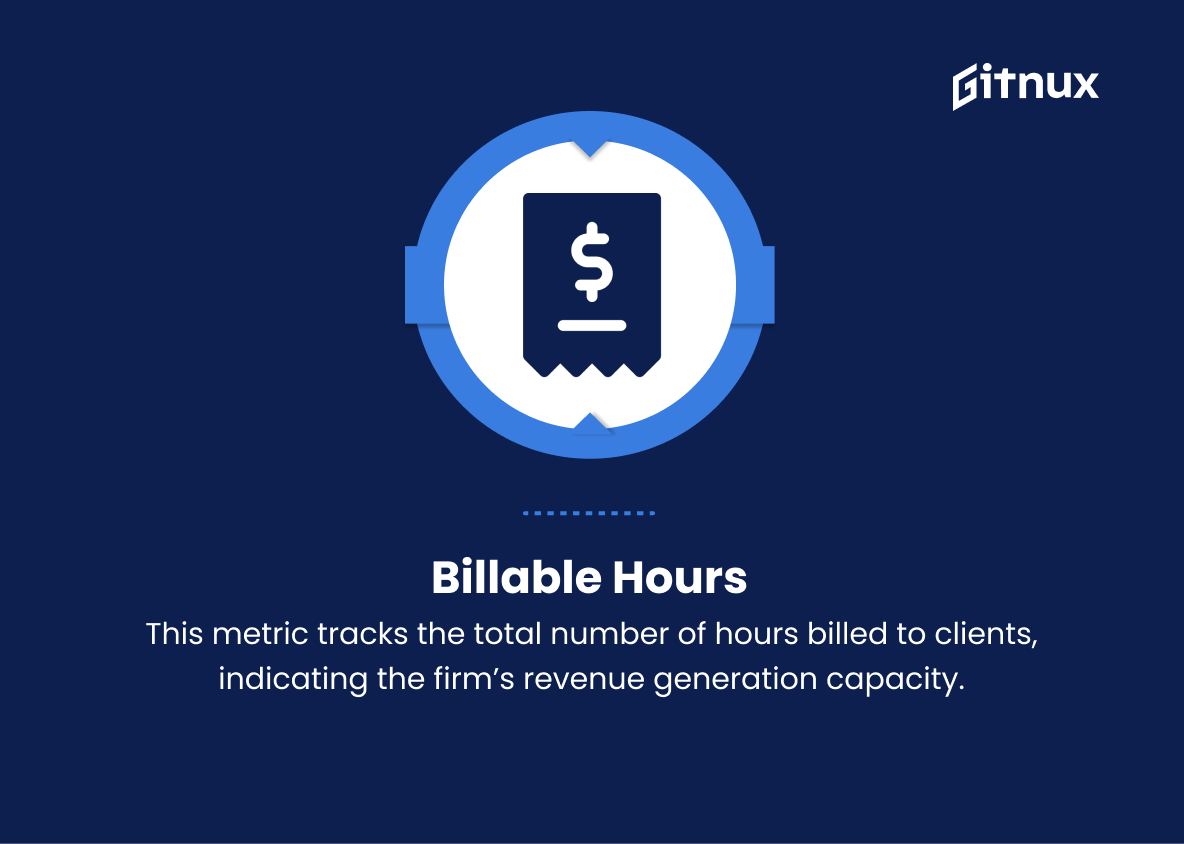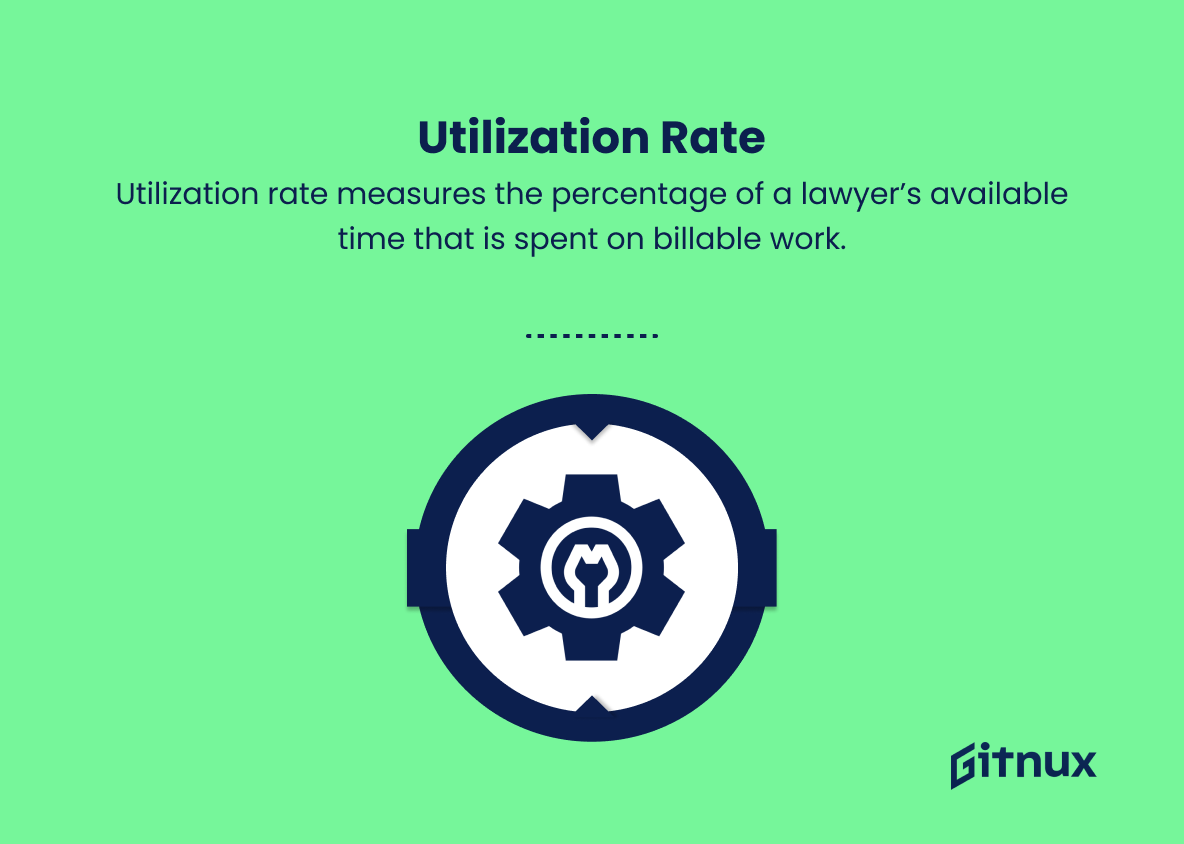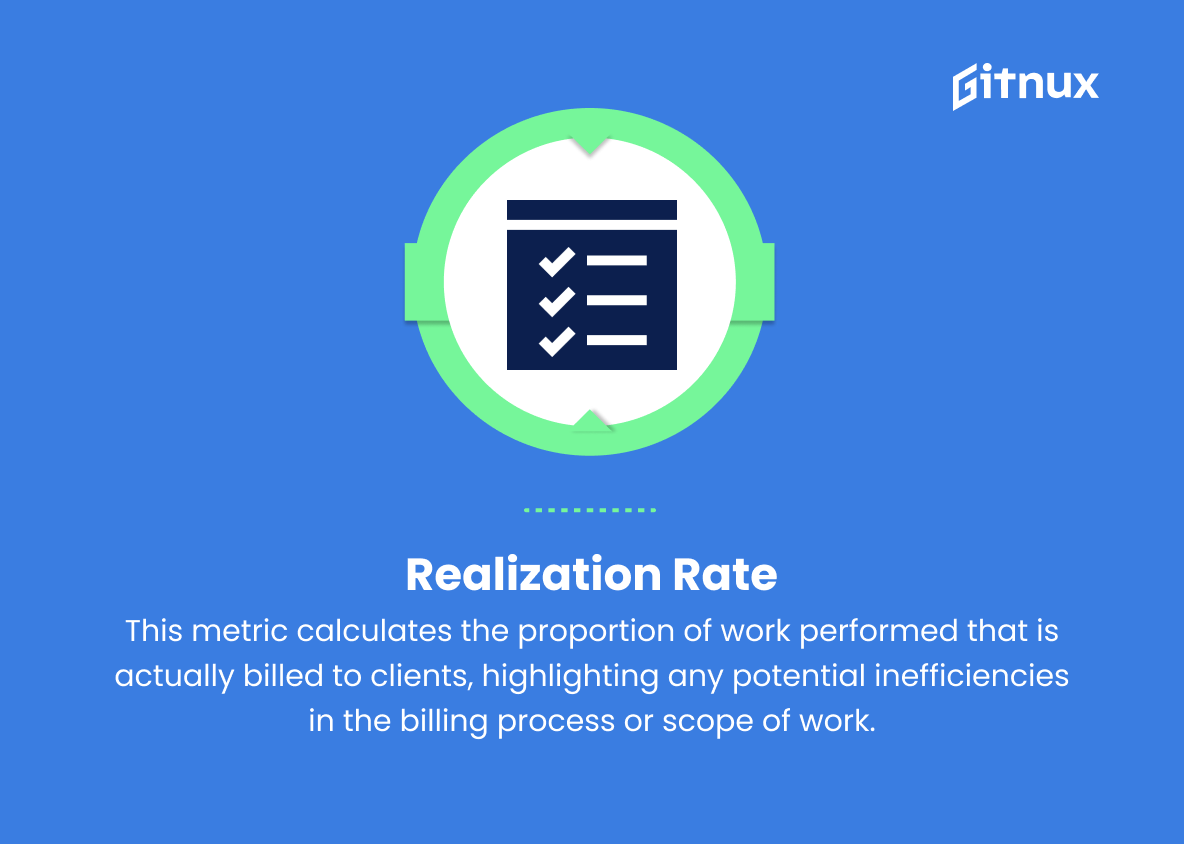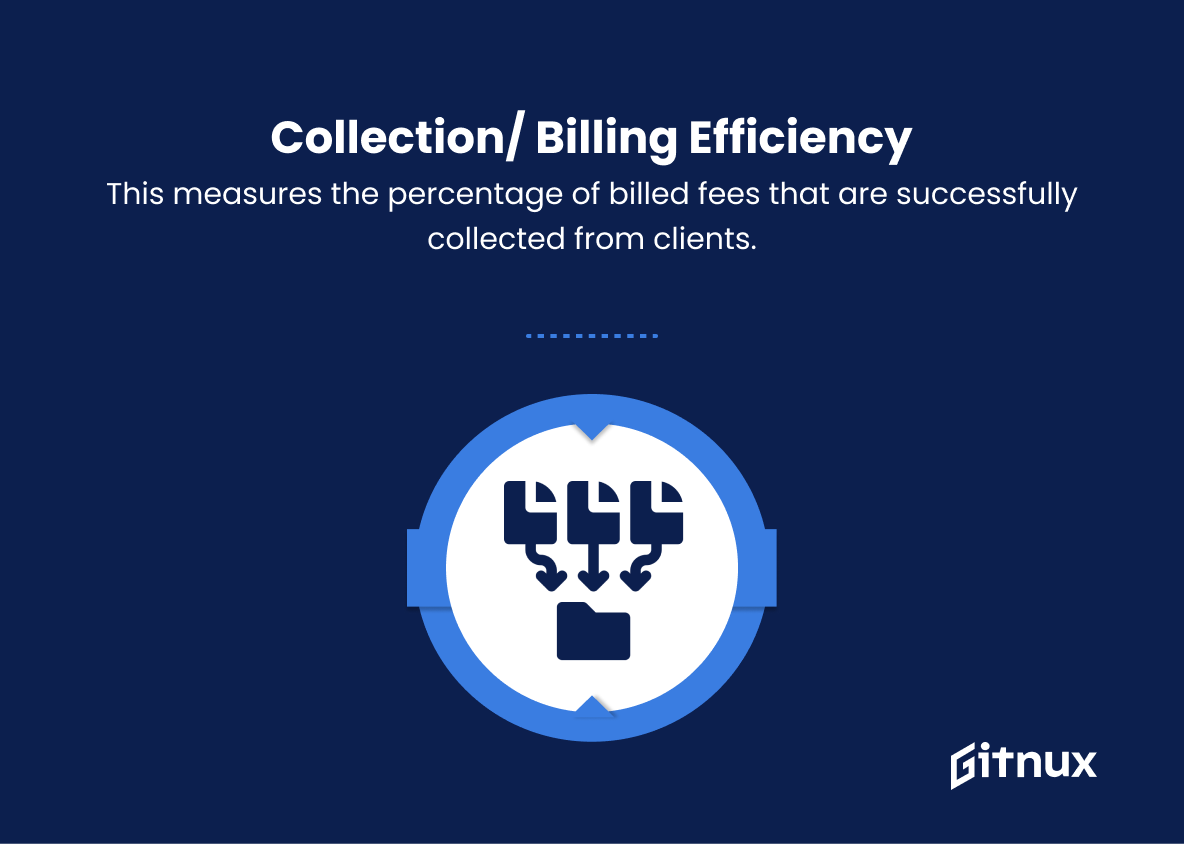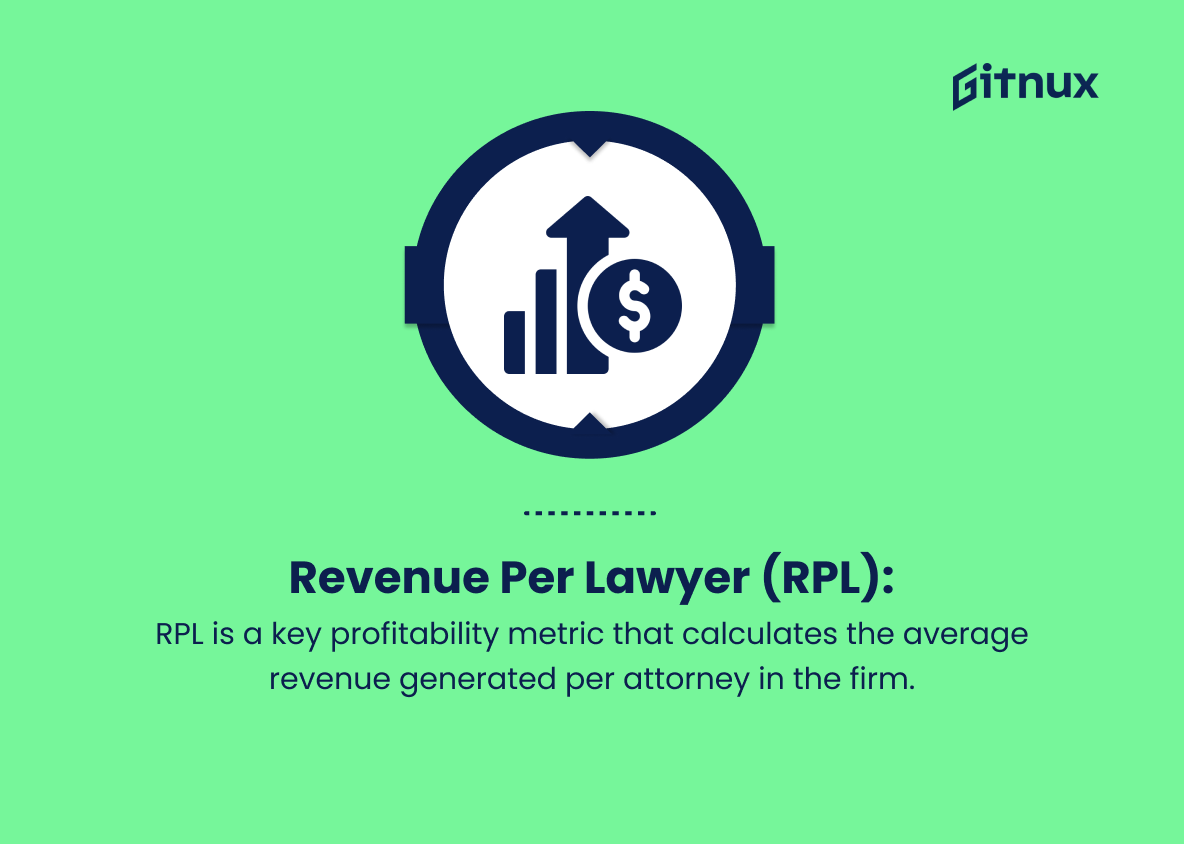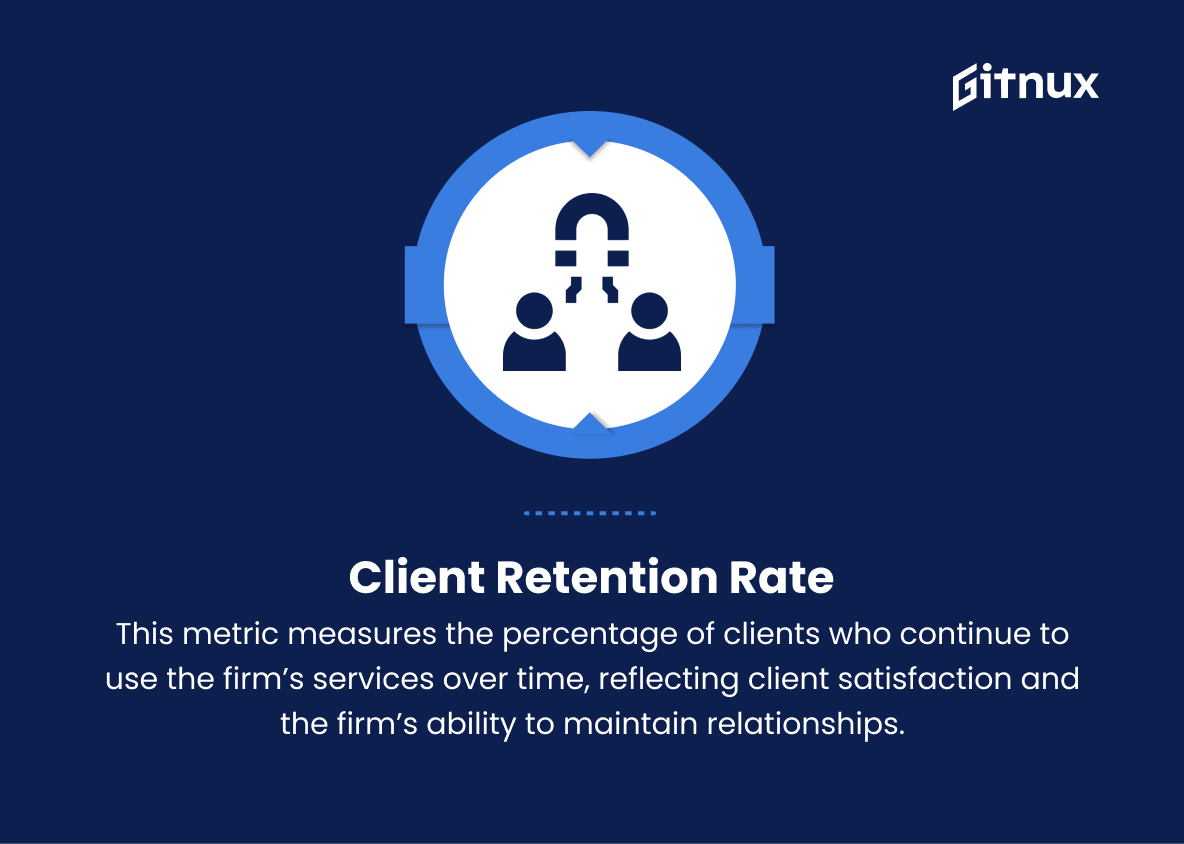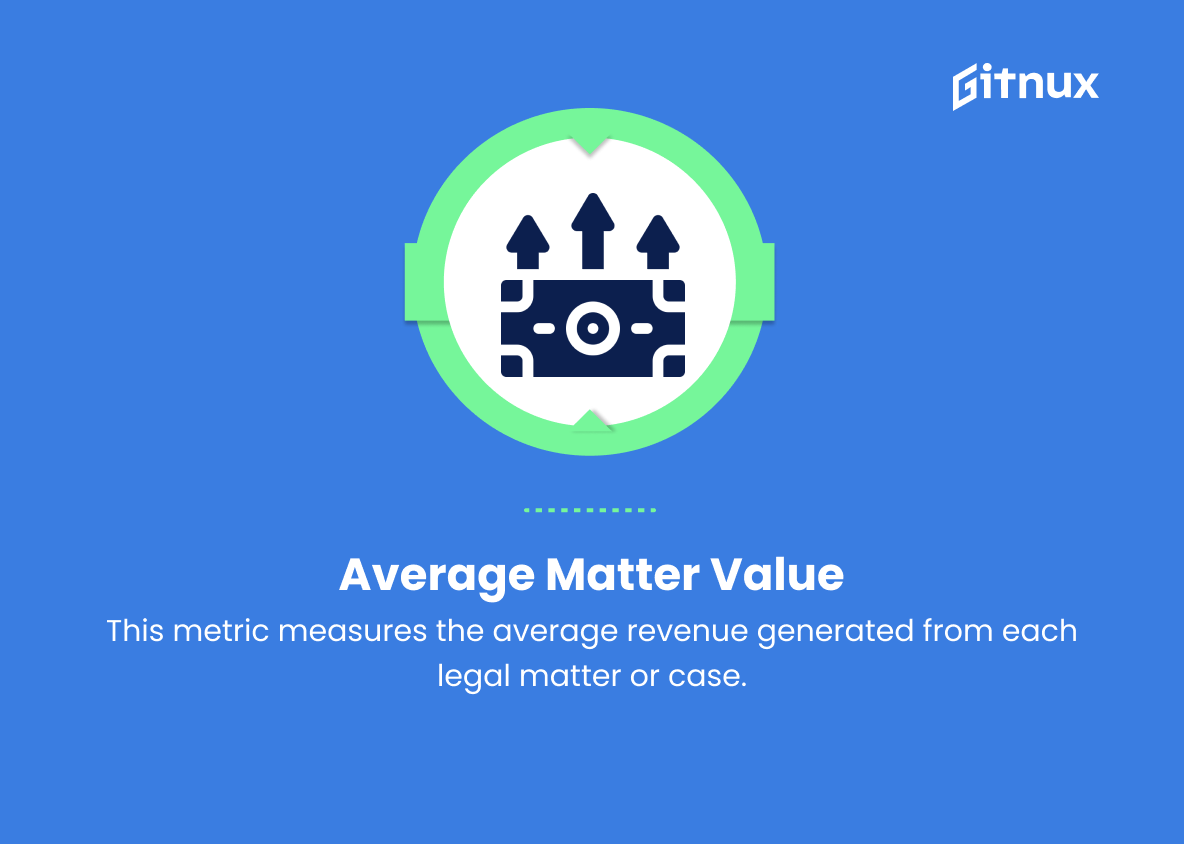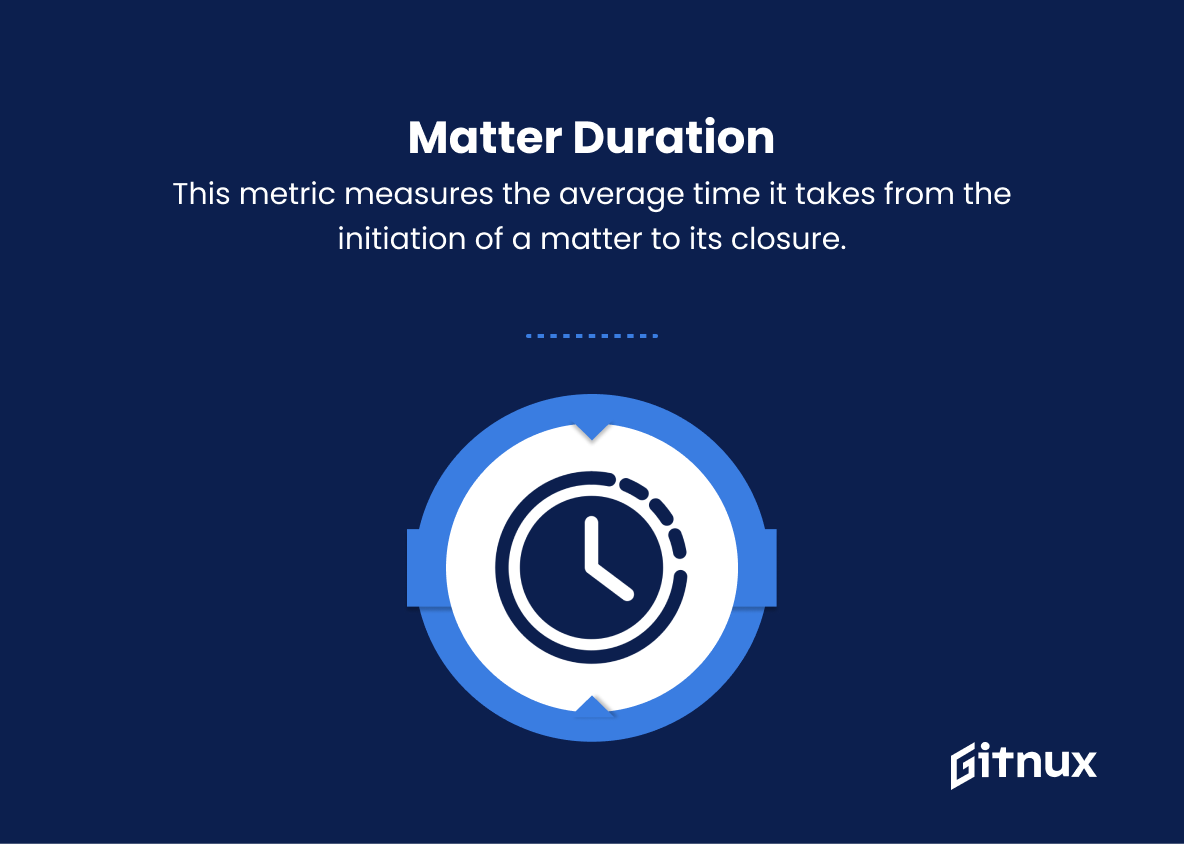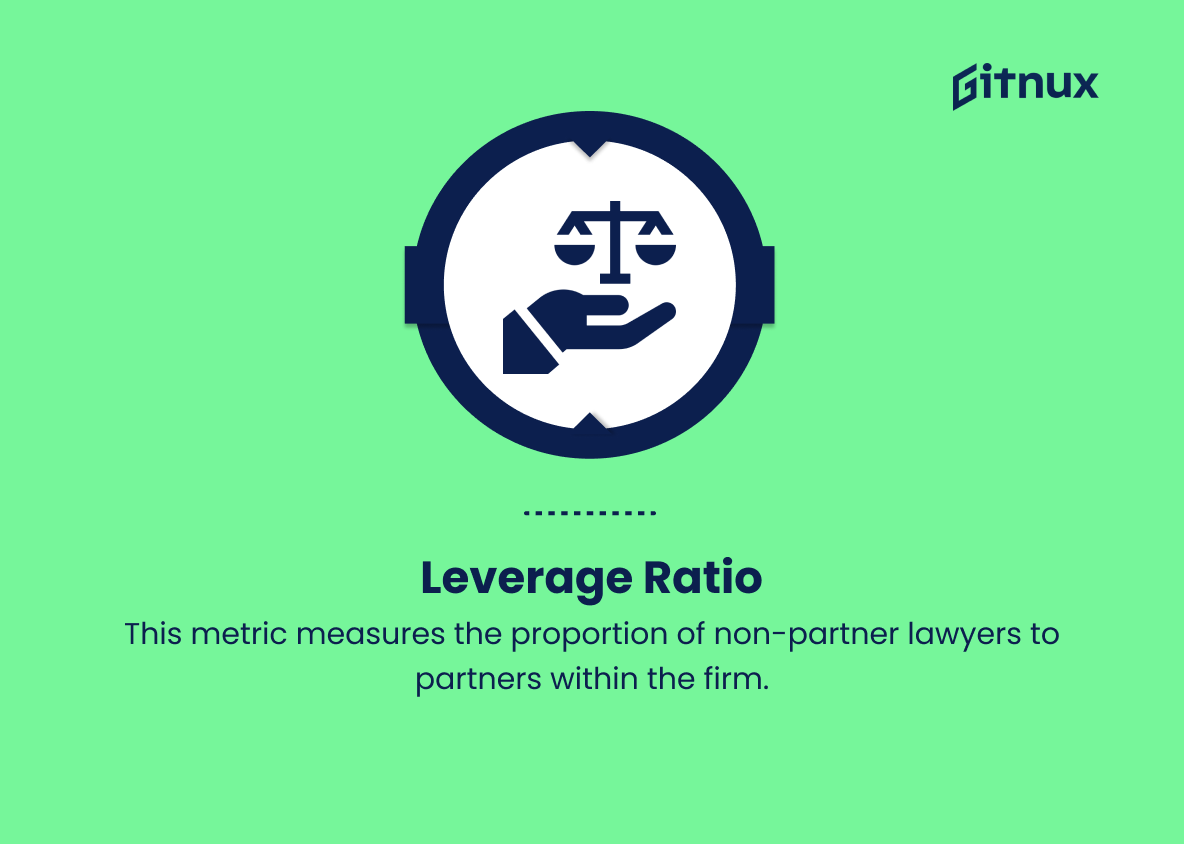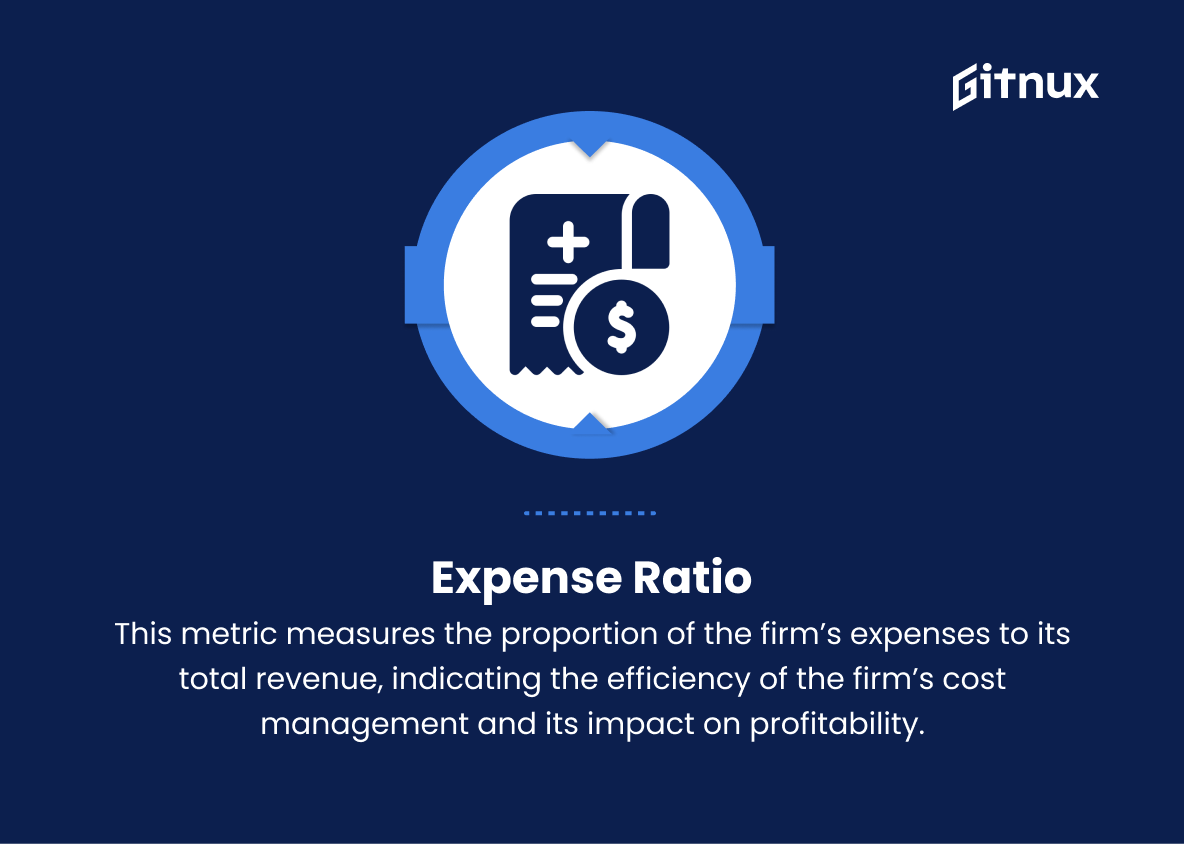In today’s fiercely competitive legal landscape, the importance of consistently evaluating and optimizing a law firm’s performance cannot be overstated. A deep understanding of key metrics enables law firms to identify areas that require improvement, streamline operations, enhance client satisfaction, and ultimately, drive exponential growth. In this comprehensive blog post, we will delve into the world of law firm metrics, illuminating the essential measures to track, assessment strategies to employ, and innovative solutions to elevate your firm’s trajectory. Prepare to embark on a journey to establishing a successful, data-driven legal practice through the power of actionable insights.
Law Firm Metrics You Should Know
1. Billable Hours
This metric tracks the total number of hours billed to clients, indicating the firm’s revenue generation capacity. It is a key performance indicator (KPI) for law firms and directly impacts profitability.
2. Utilization Rate
Utilization rate measures the percentage of a lawyer’s available time that is spent on billable work. This metric helps law firms understand and optimize their attorneys’ workflow and productivity.
3. Realization Rate
This metric calculates the proportion of work performed that is actually billed to clients, highlighting any potential inefficiencies in the billing process or scope of work.
4. Collection/ Billing Efficiency
This measures the percentage of billed fees that are successfully collected from clients. A high collection efficiency rate indicates effective billing processes and reduced account receivables.
5. Revenue per Lawyer (RPL):
RPL is a key profitability metric that calculates the average revenue generated per attorney in the firm. It provides insights into the firm’s ability to generate revenue and is often compared across firms in the industry.
6. Profit Margin
Profit margin measures the firm’s profitability by comparing its net income to its total revenue. It is essential for assessing the firm’s financial health and long-term sustainability.
7. Client Retention Rate
This metric measures the percentage of clients who continue to use the firm’s services over time, reflecting client satisfaction and the firm’s ability to maintain relationships.
8. New Client Acquisition
This metric tracks the number of new clients the firm brings in within a specific timeframe. It is essential for evaluating the firm’s growth and overall market share.
9. Average Matter Value
This metric measures the average revenue generated from each legal matter or case. It allows firms to evaluate the profitability of different practice areas and prioritize resources accordingly.
10. Matter Duration
This metric measures the average time it takes from the initiation of a matter to its closure. A shorter duration generally indicates efficiency in handling matters and better resource allocation.
11. Leverage Ratio
This metric measures the proportion of non-partner lawyers to partners within the firm. A higher leverage ratio indicates efficient utilization of resources and potentially higher profitability.
12. Client Matter Profitability
This measures the profit earned from specific client matters, taking into account revenue generated and costs incurred. It helps in evaluating the profitability of individual clients and can inform future pricing strategies.
13. Expense Ratio
This metric measures the proportion of the firm’s expenses to its total revenue, indicating the efficiency of the firm’s cost management and its impact on profitability.
Law Firm Metrics Explained
Law firm metrics play a crucial role in assessing a firm’s performance, profitability, and overall efficiency. Metrics such as billable hours, utilization rate, and realization rate provide insights into revenue generation, workflow optimization, and billing effectiveness. Collection efficiency and revenue per lawyer demonstrate the effectiveness of billing processes and the firm’s ability to generate revenue. Profit margin and expense ratio help in evaluating the firm’s financial health, while client retention rate, new client acquisition, and average matter value highlight client satisfaction and growth potential. Metrics like matter duration, leverage ratio, and client matter profitability offer insights into resource allocation, operational efficiency, and pricing strategies, enabling law firms to make informed decisions for future success.
Conclusion
In this ever-evolving legal landscape, the significance of law firm metrics cannot be overstated. By diligently tracking, analyzing, and implementing data-driven decisions, law firms can streamline their processes, create more efficient client relationships, and ultimately bolster their bottom line. By honing in on key performance indicators and embracing data-driven insights, legal professionals can take a proactive approach to growth and make more informed decisions. Prioritizing law firm metrics not only benefits the firm as a whole but also plays a significant role in fostering a culture of continuous improvement and setting the stage for long-term success.
